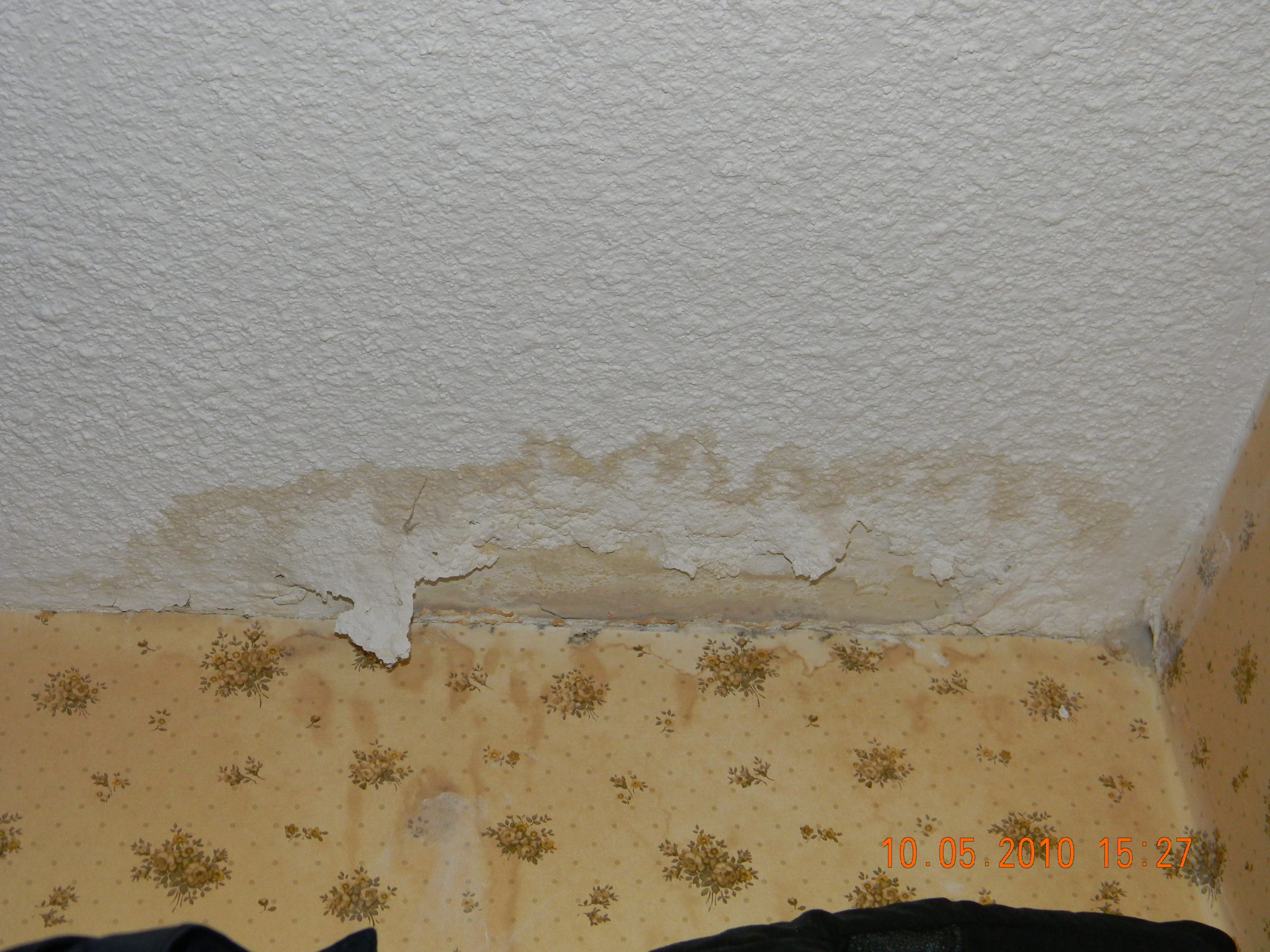The article following next relating to 5 Home Safety Tips To Reduce The Risk Of Fire And Water Damage is immensely informative. Check it out for yourself and decide what you think about it.

Water provides life, water invasion on components where it's not intended to be can result in damage. If the water soaks into your structure, it can peel away surface areas as well as deteriorate the structure. Mold and mildew also thrive in a damp environment, which can be dangerous for your health and wellness. Houses with water damage smell moldy and old.
Water can come from many resources such as tropical storms, floodings, ruptured pipes, leaks, and sewage system concerns. In case you experience water damages, it would be good to know some safety and security preventative measures. Here are a few standards on just how to take care of water damage.
Do Prioritize Home Insurance Policy Insurance Coverage
Water damages from flood dues to hefty winds is seasonal. Nevertheless, you can likewise experience a sudden flooding when a malfunctioning pipe suddenly breaks right into your home. It would certainly be best to have home insurance policy that covers both acts of God such as natural tragedies, and emergency situations like busted plumbing.
Do Not Neglect to Turn Off Energies
In the event of a disaster, specifically if you reside in a flood-prone area, it would be advisable to turn off the primary electrical circuit. This removes power to your entire house, avoiding electrical shocks when water comes in as it is a conductor. Do not fail to remember to transform off the main water line valve. When floodwaters are high, furniture will certainly move and cause damages. Having the main valve turned off prevents additional damages.
Do Keep Proactive and Heed Weather Condition Informs
Listen to evacuation warnings if you live near a river, lake, or creek . Doing so reduces possible property damages.
Do Not Ignore the Roofing System
You can stay clear of rainfall damages if there are no holes and leaks in your roofing. This will stop water from flowing down your wall surfaces and saturating your ceiling.
Do Take Note Of Tiny Leaks
A ruptured pipeline doesn't happen over night. You may discover gurgling paint, peeling off wallpaper, water touches, water stains, or leaking noises behind the wall surfaces. Have your plumbing fixed prior to it results in huge damages.
Do Not Panic in Case of a Ruptured Pipe
Keeping your clearheadedness is essential in a time of crisis. Stressing will just worsen the problem since it will certainly suppress you from acting quickly. When it involves water damages, timing is vital. The longer you wait, the even more damages you can expect. Thus, if a pipe bursts in your home, promptly shut down your main water shutoff to remove the resource. Disconnect all electric outlets in the area or transform off the circuit breaker for that part of the residence. Finally, call a trustworthy water damage reconstruction professional for help.
Water offers life, water breach on components where it's not intended to be can result in damages. Residences with water damage smell musty as well as old.
Water damages from flood fees to hefty winds is seasonal. You may discover gurgling paint, peeling wallpaper, water touches, water discolorations, or leaking noises behind the walls. When it comes to water damage, timing is crucial.
Are Water Mitigation and Water Damage Restoration the Same Thing?
When are Water Mitigation Services Needed?
Water intrusion can come from small sources like a dishwasher leak or larger ones like rainwater causing inches of standing water in a basement. Other instances of damage that call for water mitigation services include:
- Sewer backup, sump pump failure, or clogged toilets
- Toilet wax seal failure
- Shower pan corrosion
- Pipe leaks and ruptures
- Washer or icemaker line breaks
- HVAC drain line blockage
- A leaking roof
- Moisture behind walls
- Foundation cracks
- Mold
Mold is a good example to illustrate how water mitigation works. We’ve often found that clients we do mold remediation services for had existing water damage issues that ended up leading to the mold damage. When performing water mitigation we look for what’s causing the water problem and for ways to stop mold before it multiplies and becomes a bigger concern.
Are You Currently Experiencing a Water Disaster?
If you’re in the middle of a water intrusion disaster, here are some important dos and don’ts to follow:
Don’ts:
- Safety first! Do not enter a room with standing water until the electricity has been turned off!
- A regular household vacuum should never be used to pick up water.
- Never use electrical appliance if standing on a wet floor or carpet.
- Leave visible mold alone.
Dos:
- Call a water mitigation professional as soon as possible. Mold and other damage can begin within hours of a water intrusion.
- Mop and blot up as much water as possible.
- Remove non-attached floor coverings and mats but leave wall-to-wall carpeting removal to a pro.
- If there are window coverings like draperies that touch the water, loop them through a hanger and put them up on the rod.
- Remove wet cushions to dry and wipe down soaked furniture.
- Move valuables like paintings, photos, and art objects to a dry location. Books should be left tightly packed on shelves until it’s determined if they need specialized drying.
- Prop open closets, cabinets, and drawers to allow them to air out.
https://cfrsfl.com/blog/are-water-mitigation-and-water-damage-restoration-the-same-thing/

We were made aware of that write-up about Preventing Fires and Water Damage In Your Home from a friend on a different domain. Remember to take the opportunity to share this article if you appreciated it. Thank you so much for taking the time to read it.
Comments on “Do's as well as Don'ts During Water Damages Emergency Situations.”